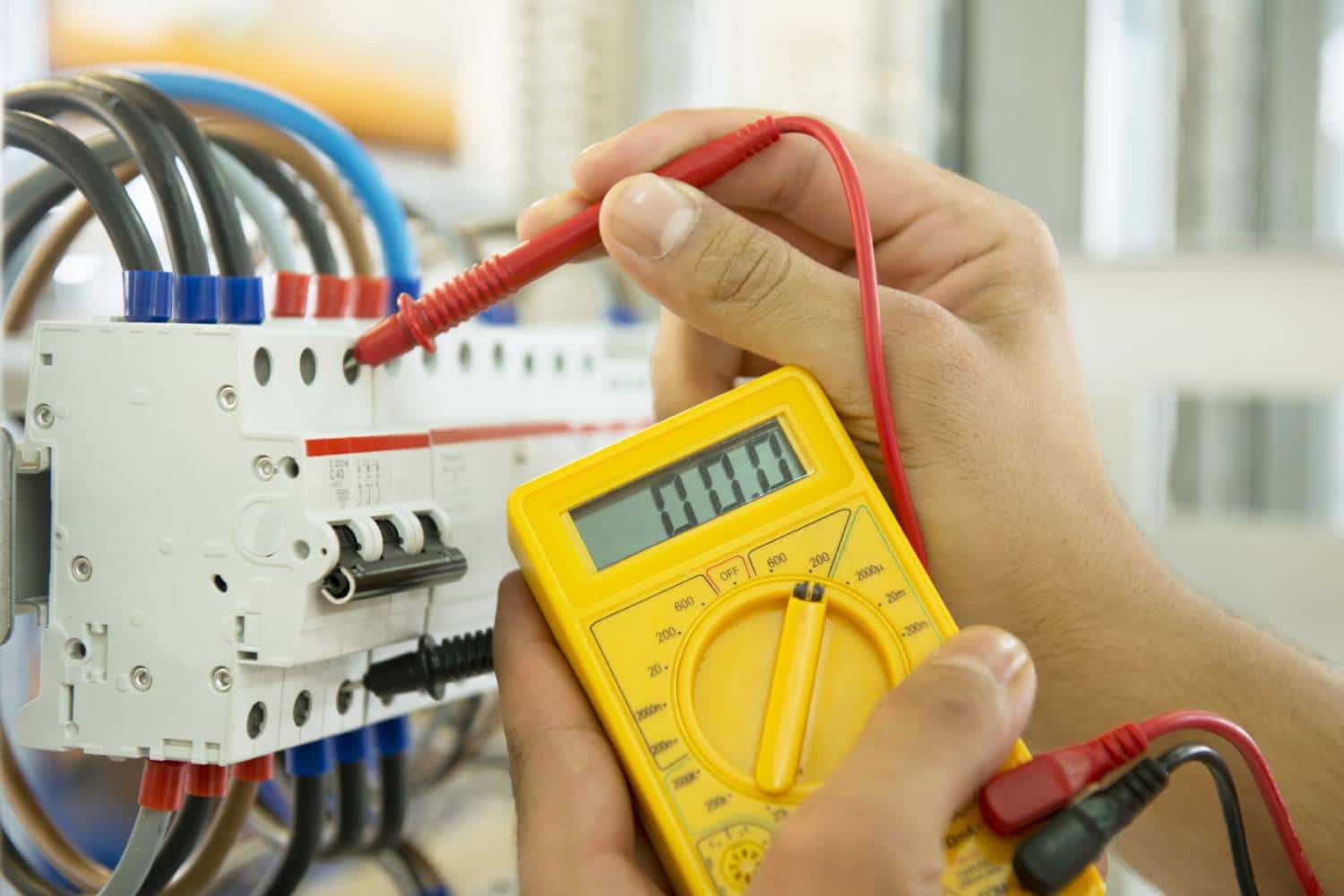If your dentist has informed you that you have periodontal disease, you are not alone. Almost 50 percent of adult Americans have gum disease. There are different levels of periodontal disease. It can range from inflammation of the gum to a serious level of major damage to the bones that support their teeth, to serious damage being done to soft tissues.
Why Periodontal Disease is on the Rise
It is up to each individual as to whether the disease gets better, slows down, or gets worse. Care for your teeth and gums should be done every day and at least twice a day. The periodontal disease only gets worse if not taken care of properly. Drinking plenty of water each day can help to clean out your mouth and gums and flush unwanted particles out of your teeth.
Periodontal disease is the inflammation and infection of the tissues in the mouth that support the teeth, the gums, the ligaments, and tooth sockets called the alveolar bone. The disease is also known as gingivitis or gum disease. The major cause of tooth decay is plaque. If the plaque is not removed it becomes hard deposits on the teeth called tartar. Tartar develops around the base of the tooth and it inflames and irritates the gums. Tartar produces toxins and bacteria that causes the gums to become swollen, tender and infected.
Causes of Periodontal Disease
There are many different degrees and causes of periodontal disease. Most individuals will find that their poor dental hygiene is the cause of their disease. If a patient uses strong brushing and flossing of the teeth it can cause gingivitis. Other reasons for the development of periodontal disease can be caused by fillings with rough edges, misaligned teeth, poorly fitted or unclean braces, dentures, bridges or crowns. When the gums are irritated, they can become infected and cause gingivitis. Poor eating habits, birth control pills or medications such as phenytoin can also create periodontal disease.
Diagnosis of Periodontal Disease
Periodontal therapy is done by a dentist with specialized training to diagnose the problems of periodontal diseases. To diagnose a patient’s severity of periodontal disease the periodontist will ask the patient of the symptoms they may be experiencing. Some of the questions asked would include, is the patient’s gum bleeding? Are the patient’s gums dark red or bright in color, swollen or tender? If the patient has persistent bad breath or a bad taste in the mouth, that could be a sign of periodontal disease. Other signs could be if the patient has deep pockets between the gums and teeth, shifting or loose teeth, receding gums or if the structure has changed to the teeth in the jaw.
All patients will have an exam by the periodontist to find out if there is bleeding, firmness or swelling to the gums. The patient’s mouth will be checked for sensitivity and movement and if the patient has a proper bite. A set of X-rays will show if there is any breakdown of bone that surrounds the patient’s teeth.
Treatments for Periodontal Disease
Non-surgical procedures are first used for the disease. The periodontist will remove the tartar and biofilm deposits from the teeth. Periodontal problems can also be taken care of with scaling or root planing to remove the tartar mechanically. It is a scraping of the tooth surfaces. If surgical treatments are required, the periodontist may perform flap surgery using local anesthesia and making an incision along the gum line to remove tartar deposits in deep pockets. This will help to keep the area clean.
The Purpose of Scaling and Root Planing
The purpose of this non-surgical periodontal therapy is too deep clean and remove dental plaque. It helps to establish a healthier mouth. Plaque is a sticky mixture of bacteria, that is soft. It is waste materials from bacteria including food debris. The mixture irritates the gums and causes inflammation or gingivitis over time. Plaque gets harder over time which is then known as tartar. As one of the most effective ways to take care of the gum disease, scaling and root planing will clean the mouth between the teeth and the gums down to the roots.
Scaling
Hand instruments are used to accurately get rid of contamination toxins, tartar, dentin plaque, and cementum that is infused or has gotten rough by calculus from around, below and under the gum. Scaling cleans the mouth right down to the bottom of the pocket and removes plaque and calculus. Ultrasonic or a sonic scaler device, that are electric may be used. The bacterial cell membranes are broken down with the ultrasonic scaler that vibrates at a high frequency. It removes both calculus and plaque. Anything that the ultrasonic scaler has left behind is then removed with hand instruments.
Root Planing
When performing root planing the patient will have their root surfaces of the teeth smoothed out so the gum tissues become healthier. It removes plaque that has accumulated and cleans the surface of the tooth. This will help with sensitivity problems and prevent tooth loss. Root planing is a very important part of preventing periodontal disease. Bacteria can not form calculus when the cementum is smooth. With root planing the deep pocket stay clean and prevents periodontal disease from becoming a major problem.
The Doctor
Dr. Marissa Crandall Cruz is a member of the Diplomate of the International Congress of Oral Implantology. She is also a member of the American Dental Association, American Academy of Periodontology, the Delaware Valley Academy of Osseointegration and the Academy of Stomatology of Philadelphia.
Dr. Cruz has a bachelor’s degree from the University of Central Florida in biology and continued her education with a master’s in biomedical science from Barry University in Miami. She earned her Doctor of Dental Medicine from Nove Southeastern University in Fort Lauderdale, Florida. At Kornberg School of Dentistry at Temple University she completed periodontology and oral implantology program and earned her second masters in oral biology.
Today, Dr. Cruz is an expert in periodontal plastic surgery, periodontal therapy, dental implant therapy, bone, and periodontal regeneration therapies. You can learn more about Dr. Cruz at her site. She makes sure she is well aware of all the new procedures in dentistry by being a Diplomat of the American Board of Periodontology.








































































